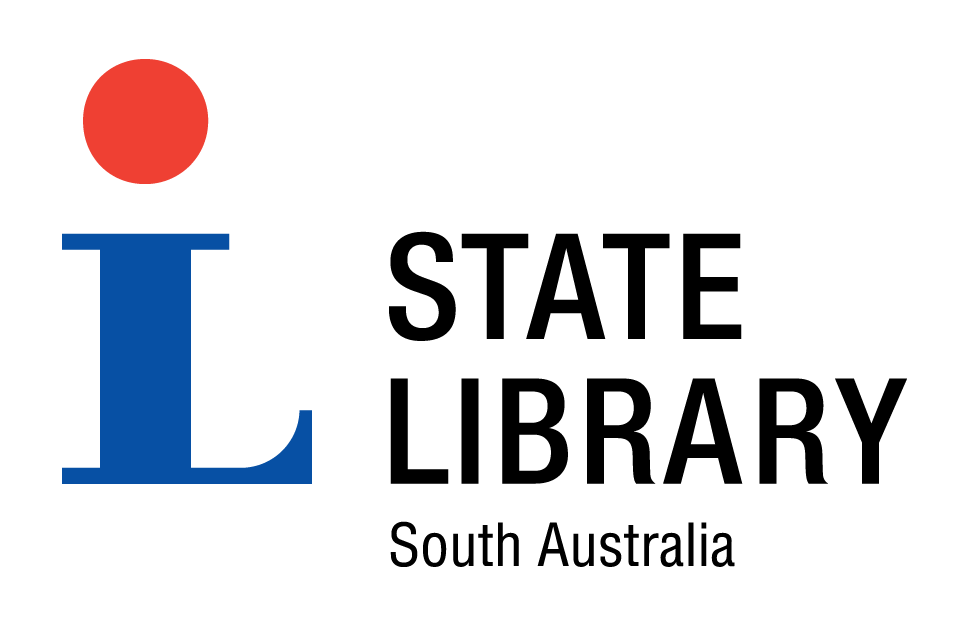
Salt water creek and sand-hills |
|||
|---|---|---|---|
| Title : | Salt water creek and sand-hills |

|
|
| Creator : | Sturt, Charles, 1795-1869 | ||
| Source : | Narrative of an expedition into Central Australia ..., volume 1, p. 401 | ||
| Place Of Creation : | London | ||
| Publisher : | T. and W. Boone | ||
| Date of creation : | 1849 | ||
| Format : | Book | ||
| Contributor : | State Library catalogue | ||
| Catalogue record | |||
| The State Library of South Australia is keen to find out more about SA Memory items. We encourage you to contact the Library if you have additional information about any of these items. | |||
| Copyright : | Reproduction rights are owned by State Library of South Australia. This image may be printed or saved for research or study. Use for any other purpose requires permission from the State Library of South Australia. To request approval, complete the Permission to publish form. |
| Description : |
Sturt's expedition of 1844-46 was to search for the watershed west of the Darling River, or a central mountain range. Sturt himself hoped to find an inland sea which he believed to exist. He had left Adelaide equipped with a boat in which to sail his sea. However all he and his expedition discovereed beside Cooper Creek, were the Stony Desert, and the endless sand dunes of the Simpson Desert. The boat was abandoned on the return journey to Adelaide. His party consisted of James Poole, Dr J Harris Browne, John McDouall Stuart, Louis Piesse, Daniel Brock, George Davenport, Joseph Cowley, Robert Flood, D Morgan, J Jones, Turpin, W Lewis, H Foulkes, J Mack, J Kirby, and R Sullivan. Equipment included a boat for travelling on the inland sea that Sturt still hoped to find, and a flock of 200 sheep - meat on the hoof. The creek that John Browne had discovered was thickly encrusted with salt. Charles Sturt attempted to cross but the creek's surface was too soft and the horses sank deeply. Beneath the surface there were pools of brine. Sturt traced the creek upwards and was able then to cross it. Sturt's prospects were never less inviting than now. To the west and north-west there were steep red sand-hills; this was the edge of the Simpson Desert that would not be crossed by Europeans until 1936. To the north and north-east was a plain with samphire bushes but no indication of water. Beyond the plain he could see only more sand-hills. The salt creek with its thick encrustations of salt crystals and brine beneath the surface must have been the ultimate reproach for his endeavours.Sturt made numerous forays out from his two depots, first at Depot Glen in the Barrier Ranges and later from Fort Grey further north. On one of these Cooper Creek was discovered but mostly he encountered extreme desert conditions and no water. He was eventually defeated by the parched interior and reluctantly returned to Adelaide in January 1846. |
| Subjects | |
| Related names : | Sturt, Charles, 1795-1869 Browne, John Harris, 1817-1904 |
| Period : | 1836-1851 |
| Region : | Flinders Ranges and Far North - Outback |
| Further reading : | Brock, Daniel George, To the desert with Sturt: a diary of the 1844 expedition Adelaide: Royal Geographical Society of Australasia, South Australian Branch, 1975 Stokes, Edward, To the inland sea: Charles Sturt's expedition 1844-45 Melbourne: Hutchinson of Australia, 1986 Natural history of the north east deserts [Adelaide, S. Aust.]: Royal Society of South Australia, 1990 Sturt, Charles, Narrative of an expedition into Central Australia: performed under the authority of Her Majesty's Government, during the years 1844, 5, and 6, ... New York: Greenwood Press, [1969] |
| Internet links : | |
| Exhibitions and events : |


